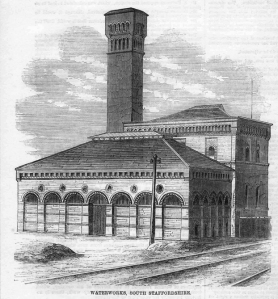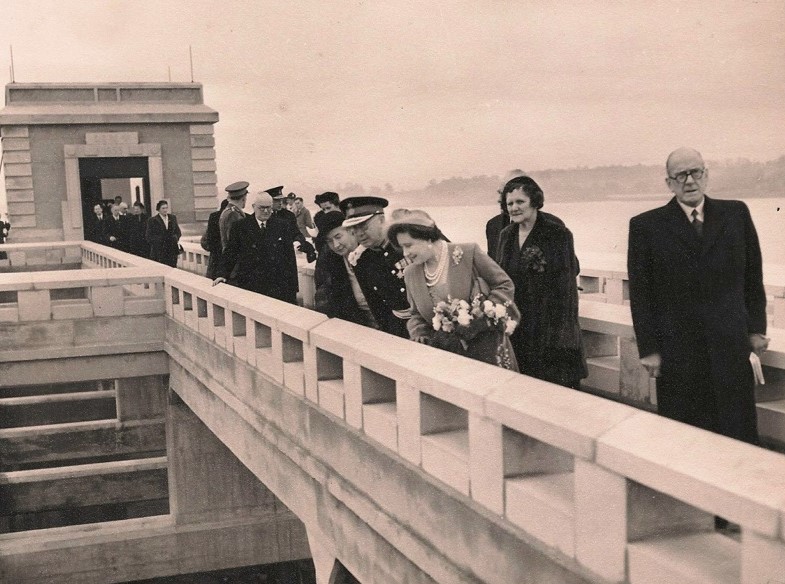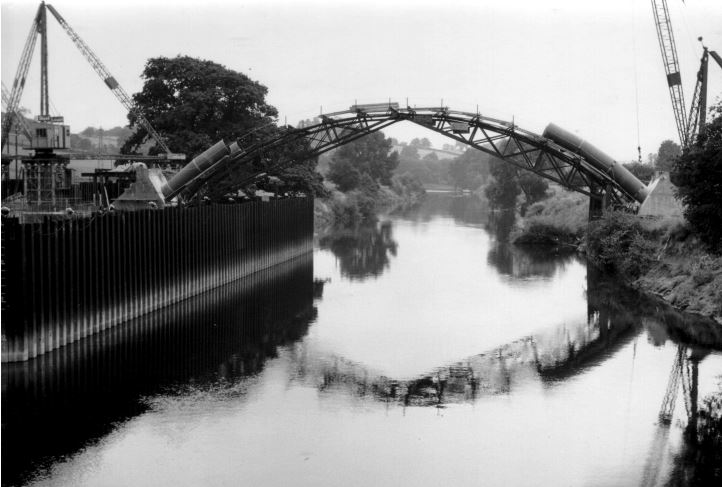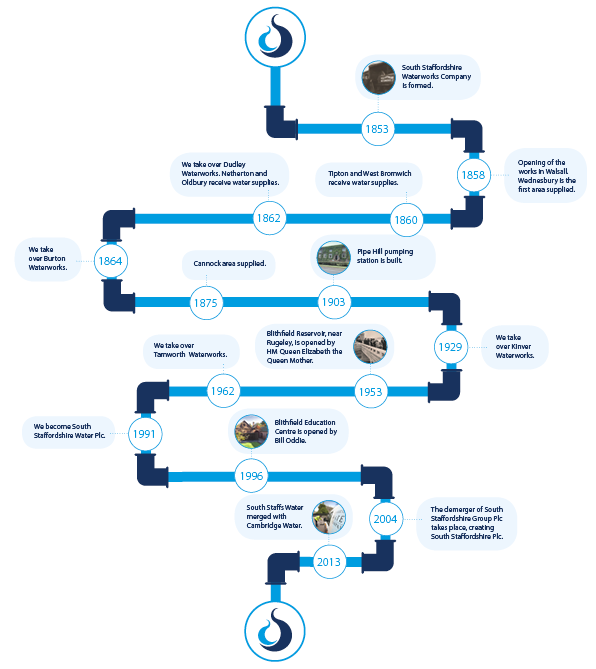Provide an abundant supply of pure water to the inhabitants of the city of Lichfield and the important towns of Walsall, Bilston, West Willenhall, Oldbury, Tipton and Wolverhampton.
1800s to 1853 – Saving the population
During the industrial revolution people from the Black Country made their living from coal, iron and steel industries. Poor health conditions and a lack of a reliable water supply meant there were many outbreaks of cholera, typhus and other water borne diseases.
Thousands of people died and industrial output dwindled - something needed to be done.
Civil engineer John McClean and Mr R C Chawser persuaded five directors of the South Staffordshire Railway Company to:

Provide an abundant supply of pure water to the inhabitants of the city of Lichfield and the important towns of Walsall, Bilston, West Willenhall, Oldbury, Tipton and Wolverhampton.
They raised a bill in Parliament and in 1853 the South Staffordshire Waterworks Company was formed. The company was capitalised at £160,000 and the first office was established at Lichfield Railway Station.
1853 to 1945 – Thinking big
 In 1858 Sandfields Pumping Station was built and the company grew to take on operations in Dudley (1862) and Burton on Trent (1864) and moved its head office to Paradise Street in Birmingham.
In 1858 Sandfields Pumping Station was built and the company grew to take on operations in Dudley (1862) and Burton on Trent (1864) and moved its head office to Paradise Street in Birmingham.
The South Staffordshire Water Order of 1901 further allowed it to build pumping stations and other works at Hinksford, Trent Valley, Brindley Bank, Pipe Hill and Maple Brook. It extended its supply to more than 117,000 houses, all under the care of the company’s watermen, or “turncocks” as they were called.
Its expansion plans were put on hold during the First World War. Coupled with the lack of labour and investment, the amount of water required in the munitions factories was so great there was none to spare for many households between 7am and 7pm.
1920s to 1950s - Blithfield is open by the Queen Mother
The company continued to expand. It built more reservoirs and pumping stations and in 1932 opened a new office in Shepcote Street, Birmingham.
Following the Second World War, work began in earnest at Blithfield where many Polish refugees were employed to dig a new reservoir on the 2350 acre site. It was eventually opened during the company’s centenary year by her Majesty Queen Elizabeth the Queen Mother.
1960s - Hampton Loade
Hampton Loade Treatment Works was built in the 1960s to take water from the River Severn. Perhaps the most prominent feature of the works is the pipe bridge and the steel water mains, which form an integral part of the structure, transferring untreated water to and from Chelmarsh Reservoir located on the west bank of the River Severn. 1970s – Helping out in the drought
1970s – Helping out in the drought
During the 1970s the water company’s engineers had the foresight to lay a huge 42 inch watermain between the north and the south of the company’s supply area. This massive pipe was put to good use during the 1976 drought when Blithfield Reservoir was only one third full and could not meet demand. In a spectacular feat of pumping, the company pushed millions of gallons of water from the River Severn all the way from Hampton Loade to Burton-on-Trent.
1989 to 2013 – Privatisation and further expansion
Following the Water Act, South Staffordshire Waterworks Company, along with the nine other regional water authorities became a licenced public company, regulated by a Director General. In 1991 it became South Staffordshire Water Holdings PLC, and in 2013, following approval from the Monopolies and Mergers Commission the company merged with Cambridge Water.
Today….
Together the regions supply more than 1.6 million people with around 375 million litres of high quality water – each and every day.
